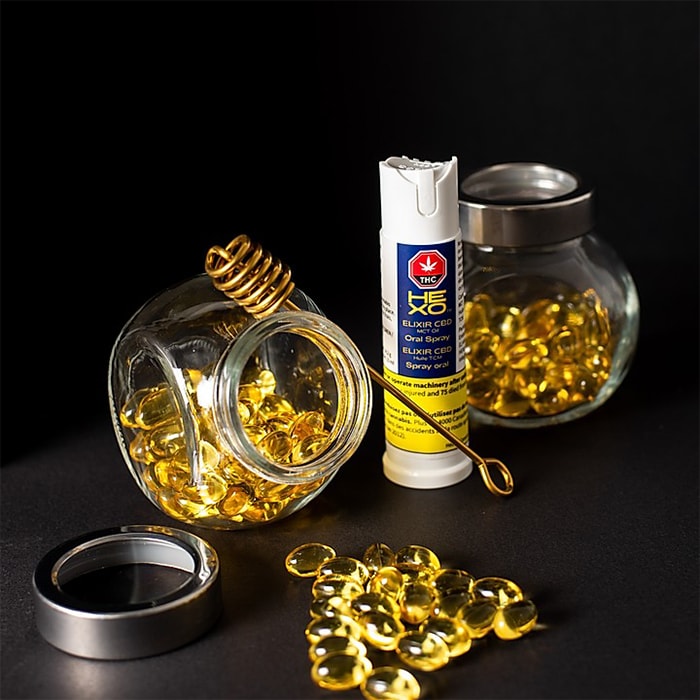Sep 28, 2019
Cannabis Oil 101

Updated: Oct 23, 2019
EACH WAY OF CONSUMING CANNABIS OIL HAS ITS OWN PARTICULAR BENEFITS AND EFFECTS.
In a rapidly changing medical and adult-use landscape, there are far more options for cannabis consumption than ever before. Aside from OG flower options, there are concentrates, edibles, patches, topicals, oils, and tinctures. Each mode of consumption has its own particular benefits and effects, but more and more people are seeking out cannabis oils for their ease of use and convenience.
WHAT IS CANNABIS OIL?
Cannabis oil is a concentrate made by extracting cannabinoids such as THC and CBD into a carrier substance (oil). Most products available today involve high-tech extraction methods, where the cannabinoids are extracted and then added to a carrier such as MCT oil or hemp oil.
These processes are called “chemical extraction” methods because they involve a chemical solvent to extract the cannabinoids. There are a number of different solvents and processes commonly used for cannabis extraction, such as ethanol, butane, and supercritical CO2, each with its own pros and cons for producers and consumers alike.
Along with cannabinoids, chemical extractions also pull out other beneficial compounds such as terpenes and flavonoids, along with less desirable compounds such as chlorophyll and waxes that can affect the final product’s look and taste. Right now, C02 extraction is becoming the gold standard because it is non-toxic and leaves no residual solvent in the final concentrate (among other reasons).
HOW DOES CANNABIS OIL WORK?
Cannabis oil is generally taken sublingually, where it’s absorbed by the mucous membrane under the tongue and inside the cheeks and eventually makes its way into the bloodstream. Because it bypasses the stomach and liver, the bioavailability (the amount of cannabinoids that are actually available to your body after absorption) is higher than edibles, though not as high as other ingestion methods like smoking and vaping.
Sublingual delivery generally takes 15 to 30 minutes to take effect, and lasts between four to six hours. Cannabis oils can also be ingested like an edible or capsule, by adding it to smoothies, yogurt or any other food or drink.
When ingested, cannabis oil passes through the stomach and eventually to the liver, where it undergoes something called “first-pass metabolism.” When cannabinoids take the scenic route and pass through the liver, they undergo changes that affect both the way your body utilizes them and the effect they will have. This is why edibles containing THC have the reputation for being more potent and psychedelic than other forms of consumption. Not only this, but a significant quantity is destroyed by stomach acid or broken down entirely by digestive enzymes and not used by your body at all.
HOW MUCH CANNABIS OIL SHOULD YOU TAKE?
Finding the best dose to take is an individualized process. The dosage will depend on a myriad of factors including why you’re taking it, your personal physiology, endocannabinoid system, and sensitivity.
The well-used adage of “start low and go slow” is a good one because you ideally want to take the lowest possible dose that provides the effects you’re after. Going slow means slowly increasing the dose until you reach the desired effect, giving your body at least a few days to adjust to the change in dose and to observe its effect.
